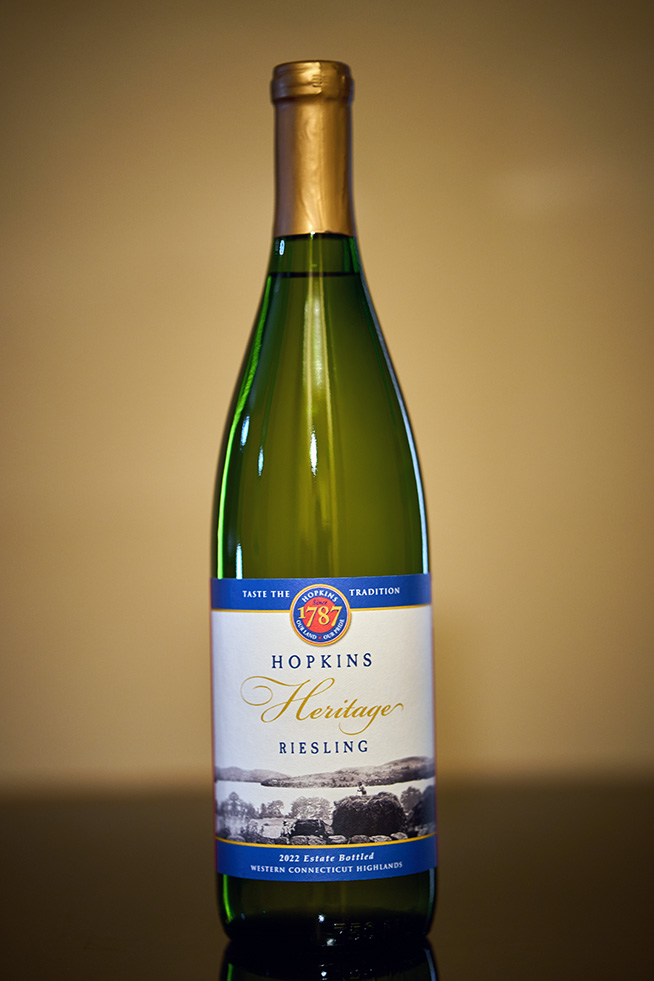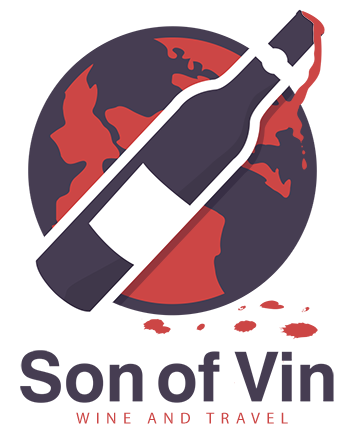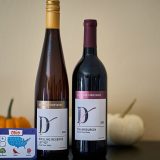Back again from a long hiatus, I set my sights on the small Northeastern state of Connecticut, a place many Americans sadly would have a hard time correctly identifying on a map. Connecticut is the smallest state in the US, but was one of the earliest places settled. From the moment settlers in the 1600s touched ground, they must have been happy to discover that grapes grew wild, and immediately began testing these wild grapes ability to produce drinkable wine. I mean, who hasn’t gone on a long overseas trip and wanted to immediately grab a libation after arriving?
While there was early testing, we’d need to fast forward until the late 20th century before commercial wine was actually sold in the state. Climate conditions, regulations, and more made this a long time coming. In 1978, the Connecticut Farm Winery Act was passed, thus making it a lot easier for wineries to exist today. It would then take several years into the 1980s for the commercial wine industry to finally take hold. Even now, today, winemaking is a challenging feat, but many in the state are pulling it off.
For my Connecticut wine tasting, I chose wines from Hopkins Vineyard in the little town of Warren. The land was originally purchased in 1787 by Elijah Hopkins after the Revolutionary War ended and a family dairy farm was passed down through the generations. Like many other farmers after the Connecticut Farm Winery Act was passed, Bill and Judith Hopkins converted their dairy farm into a vineyard and moved full steam ahead with their dream of starting a winery. Eventually they sold their winery to their own daughter and her husband, who now runs it today.

Having never heard of Lemberger wine before, I decided to try their Estate Bottled Lemberger 2020 red as my first wine. After some research, I learned that Lemberger is just another name for Blaufränkisch, a popular wine in Austria. This Lemberger was a lighter wine containing softer acids and tannins with notes of red currant and blueberries. From own experience, Blaufränkisch is typically a richer and sometimes bolder wine, so I was surprised when this one was done in such a lighter style. Certainly not a detractor from the wine, just caught me by surprise. It would certainly go great with a lighter food dish like roasted chicken, cheeses, pork.

I picked up dinner from my favorite Indian restaurant in Los Angeles and decided to pair it with their Estate Bottled Riesling 2022. It’s a dry Riesling, so thankfully I chose a less spicier dinner option. This extremely pale yellow Riesling showcased milder acids with plenty of citrus and lots of aromas that drifted me off to an orchard somewhere far away.
While I do typically prefer sweeter Rieslings, I found this one easily drinkable and it didn’t last much longer after my dinner was over. In my personal opinion, while the Lemberger was a perfectly fine wine, the Riesling just had more character and complexities was my pick of the two.
Considering the harsh swinging climate of the Northeastern US, it’s quite remarkable that wines of this caliber are able to be made there. Kudos to Hopkins Vineyard to a job well done.
* No AI was used in writing this review (and it probably shows!)
You can see a list of states I’ve reviewed on my main 50 Wines From 50 States page.







